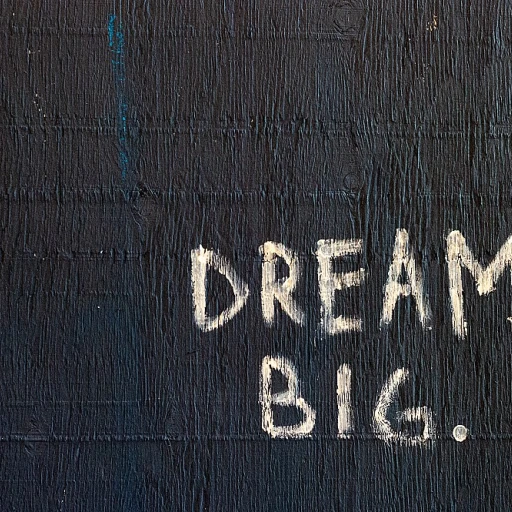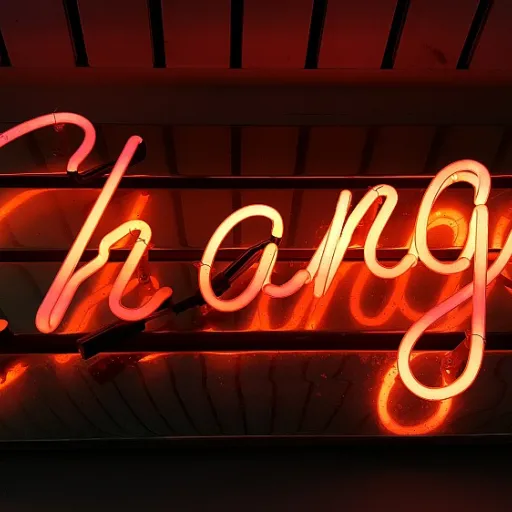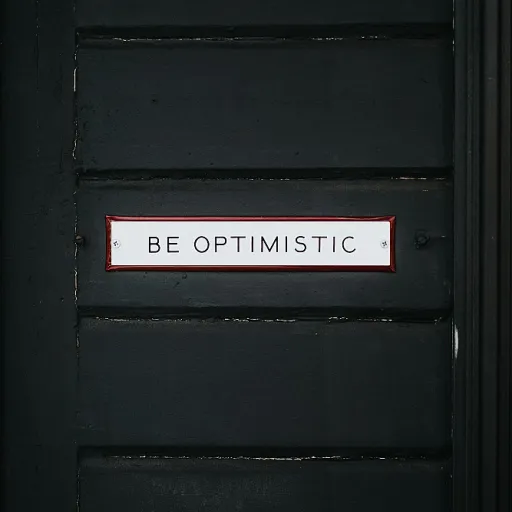
Defining expected behaviors in the workplace
What Are Expected Behaviors in the Workplace?
Expected behaviors in the workplace are the actions, attitudes, and social skills that organizations hope to see from employees. These behaviors are often based on company values, job descriptions, and the standards set by leadership. In many ways, they mirror the social emotional learning and behavior cards used in school psychology or special education to guide students in a classroom. Just as teachers use teaching expected behaviors to help students thrive, employers rely on clear expectations to create a positive work environment.
- Professionalism: Arriving on time, meeting deadlines, and communicating respectfully.
- Collaboration: Working well in a group, sharing ideas, and supporting colleagues.
- Adaptability: Being open to change and willing to learn new skills.
- Problem-solving: Using social thinking and critical thinking to address challenges.
- Accountability: Taking responsibility for one’s actions and outcomes.
These behaviors are not just about following rules. They help build a culture where employees feel safe, valued, and motivated. In fact, research shows that clear expectations can improve employee retention and overall satisfaction (recognizing when employees need more challenging tasks).
How Expectations Are Communicated and Learned
Just like in a kindergarten grade or small group setting, employees learn expected behaviors through a mix of formal training, observation, and feedback. Some organizations use task cards or activities to reinforce these standards, similar to teaching methods in school or speech therapy. Others rely on regular check-ins and counseling social sessions to support ongoing emotional learning.
It’s important to remember that expectations can vary by role, department, or even grade social level within the company. What’s considered an expected behavior for one team might be different for another, based on the nature of their work and the company’s goals.
Why Clear Expectations Matter
When employees know what’s expected, they are more likely to feel confident and engaged. This clarity helps prevent unexpected behaviors that can disrupt workflow or impact morale. It also sets the stage for addressing challenges and encouraging growth, which will be explored further in the next sections.
Recognizing unexpected behaviors and their impact
Spotting the Difference: When Behaviors Don’t Match Expectations
In any workplace, just like in a classroom or school setting, understanding the difference between expected and unexpected behaviors is essential for employee retention. Expected behaviors are those actions and attitudes that align with the company’s values and social norms. These might include collaboration, clear communication, and respect for others—skills often taught in social emotional learning activities or counseling social groups in educational settings. Unexpected behaviors, on the other hand, are actions that disrupt the flow of work or the social environment. These can range from missing deadlines to displaying negative attitudes in group meetings. In a school psychology context, such behaviors might be addressed with behavior cards or small group interventions. In the workplace, they can impact team morale, productivity, and even retention rates.- Social impact: Unexpected behaviors can create tension within teams, much like disruptive students in a classroom can affect the whole group’s learning experience.
- Performance issues: When employees don’t meet the expected behavior standards, it can lead to lower grades—so to speak—in performance evaluations.
- Emotional learning: Just as emotional learning is vital for students, employees benefit from understanding how their actions affect others. Social skills and emotional intelligence are key for a positive work environment.
The role of leadership in shaping behaviors
How Leaders Influence Social and Emotional Behaviors
Leadership plays a central role in shaping both expected and unexpected behaviors in the workplace. The way leaders model social skills, emotional learning, and group interactions sets the tone for the entire organization. Employees often look to their managers and supervisors for cues on what is considered expected behavior, much like students observe teachers in a classroom setting.- Modeling expected behaviors: Leaders who consistently demonstrate respect, active listening, and empathy encourage these same behaviors in their teams. This approach is similar to teaching expected behaviors in a school environment, where students learn by example.
- Addressing unexpected behaviors: When leaders ignore or inadvertently reward unexpected behaviors, such as poor communication or lack of collaboration, these behaviors can spread throughout the group. This can undermine social emotional learning and create confusion about what is acceptable.
- Providing feedback and support: Effective leaders use feedback, coaching, and even behavior cards or task cards to reinforce expected behaviors and address unexpected ones. This mirrors strategies used in special education and counseling social settings, where clear guidance helps individuals understand group expectations.
Addressing negative unexpected behaviors
Strategies for Responding to Negative Surprises
When unexpected behaviors arise in the workplace, especially those that disrupt social dynamics or hinder emotional learning, it’s essential to respond thoughtfully. Negative unexpected behaviors can range from a sudden drop in collaboration to resistance against group activities or even a decline in social skills. These behaviors, if left unaddressed, can impact not just the individual but the entire team’s morale and productivity.- Identify the Root Cause: Before reacting, observe the behavior in context. Is the employee struggling with a new task, feeling isolated from the group, or facing challenges similar to students in a classroom who need extra support? Understanding the underlying issue is key for effective intervention.
- Use Clear Communication: Address the behavior directly but respectfully. Just as in teaching expected behaviors in school or special education settings, clarity helps set boundaries. Avoid ambiguous feedback—be specific about what behavior was unexpected and why it matters.
- Offer Support and Resources: Sometimes, negative behaviors signal a need for more social emotional learning or skill-building. Provide access to counseling social resources, emotional learning activities, or small group sessions. In some cases, behavior cards or task cards—tools often used in school psychology and speech therapy—can help employees reflect on their actions and develop better coping strategies.
- Encourage Reflection and Growth: Invite employees to think about the impact of their actions on the group. This mirrors the approach used in kindergarten grade classrooms, where students are guided to consider how their behavior affects others. Reflection fosters accountability and helps shift unexpected behavior toward more expected, positive outcomes.
- Document and Follow Up: Keep a record of the incident and any steps taken. Regular follow-up ensures that the employee feels supported and that progress is being made. This approach is similar to tracking progress in special education or emotional learning programs, where ongoing assessment is crucial.
Encouraging positive unexpected behaviors
Turning Unexpected Behaviors into Growth Opportunities
Unexpected behaviors in the workplace are often seen as challenges, but they can also be valuable opportunities for growth. When employees act outside the expected norms, it may signal creativity, adaptability, or a need for better support. Recognizing and encouraging positive unexpected behaviors can help organizations foster innovation and strengthen employee retention.- Encourage Social Emotional Learning: Employees, like students in a classroom, benefit from developing social emotional skills. Activities such as group discussions, behavior cards, and task cards can help teams reflect on both expected and unexpected behaviors. This approach, common in special education and school psychology, supports emotional learning and helps employees manage workplace challenges.
- Promote Social Thinking: Teaching expected and unexpected behaviors isn’t just for kindergarten grade or counseling social settings. In the workplace, leaders can use small group activities or free resources to help employees understand the impact of their actions on the group. This builds a culture where social skills are valued and employees feel safe to share new ideas.
- Recognize Positive Deviations: Sometimes, an unexpected behavior—like questioning a long-standing process—can lead to better outcomes. Leaders should be open to these moments, using behavior cards or activities to highlight when thinking outside the box leads to success. This approach encourages employees to contribute unique perspectives, which is essential for innovation and retention.
Practical Strategies for Encouragement
- Use behavior expected and unexpected behavior cards during team meetings to spark conversations about workplace norms.
- Offer emotional learning workshops, similar to those used in school settings, to help employees build resilience and social skills.
- Implement small group activities to practice social emotional skills and reinforce positive behaviors expected in your organization.
Building a culture that balances expectations and flexibility
Fostering Flexibility Without Losing Structure
Balancing expected and unexpected behaviors in the workplace is a challenge that many organizations face. While clear expectations help employees understand what is required, too much rigidity can stifle creativity and emotional learning. A healthy workplace culture recognizes the value of both structure and flexibility, much like effective classroom management in schools or special education settings.- Set clear expectations: Use behavior cards, task cards, or visual reminders—similar to those used in school psychology or speech therapy—to reinforce expected behaviors. This helps employees, much like students in a classroom, understand what is considered appropriate in different situations.
- Allow room for social and emotional learning: Encourage employees to express themselves and share new ideas, even if these behaviors are unexpected. Social emotional skills are essential for adapting to change and fostering innovation.
- Promote group activities: Small group discussions or free activities can help employees practice social skills and learn from each other. These activities mirror teaching strategies in kindergarten grade or counseling social groups, where students learn by interacting with peers.
- Provide feedback based on behavior: Recognize both expected and unexpected behaviors. Positive reinforcement for expected behavior can motivate employees, while constructive feedback on unexpected behavior helps guide improvement.












